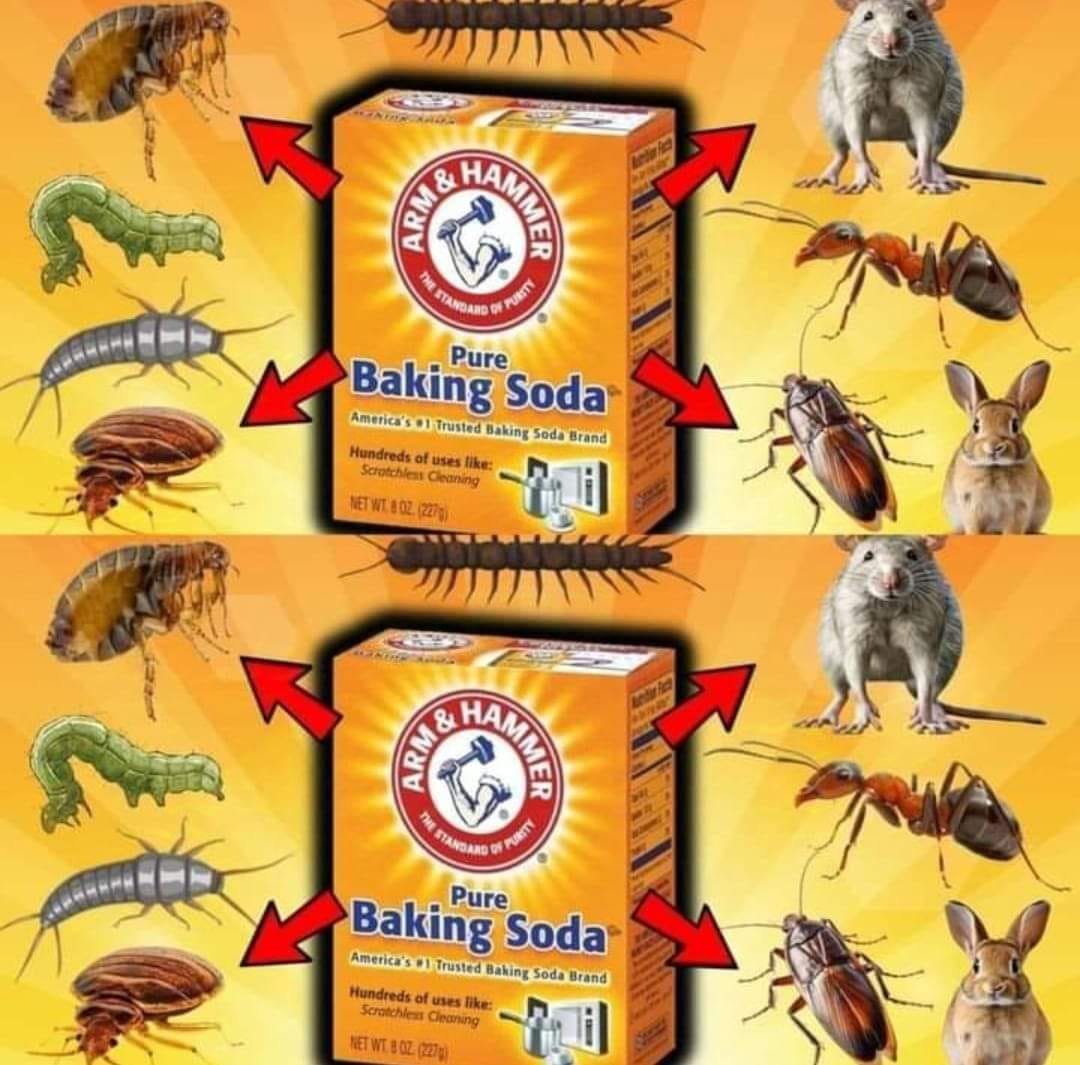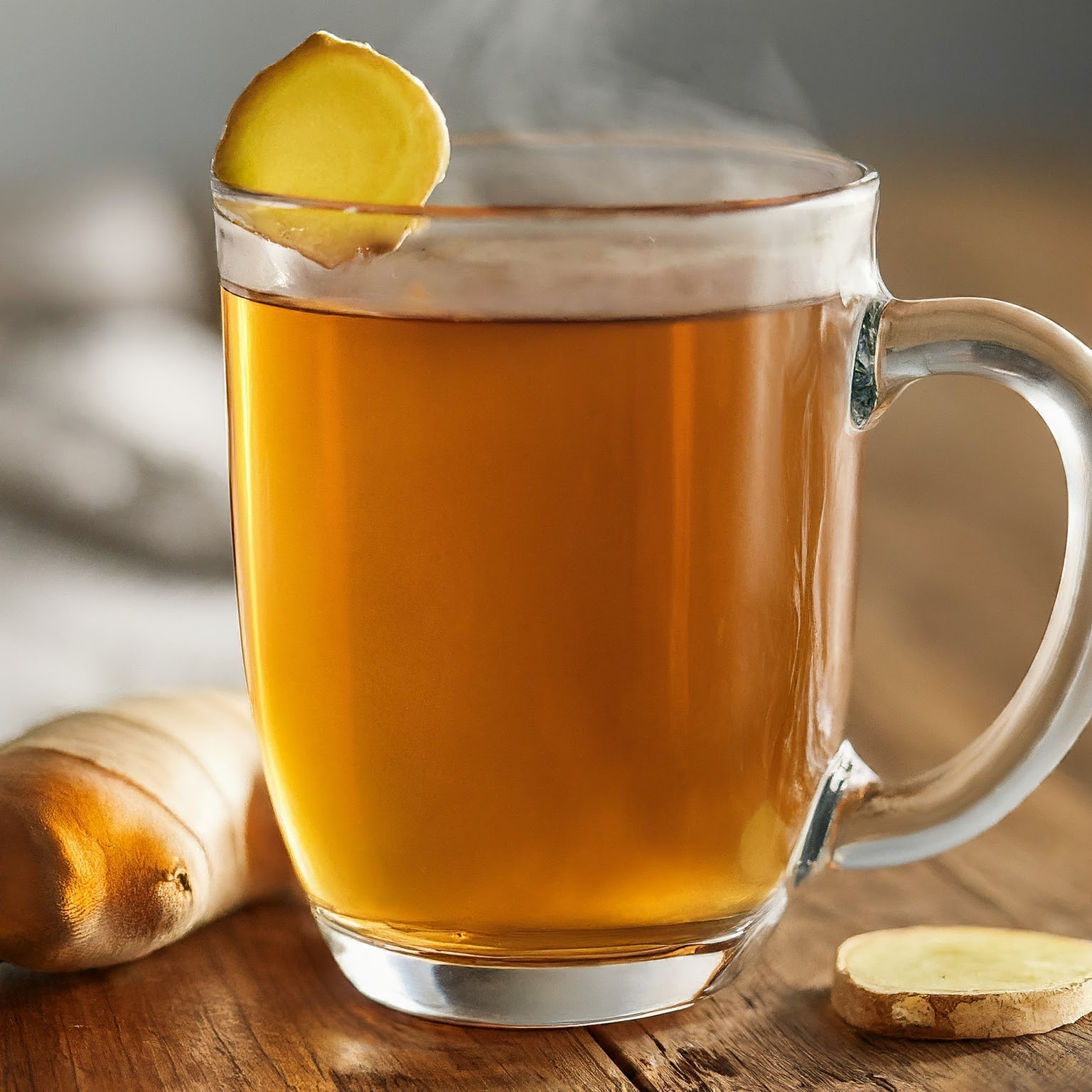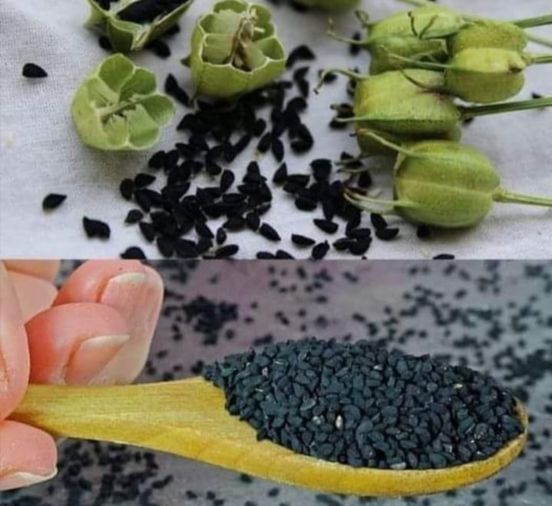Ultimate Pest Control with Baking Soda

Baking soda is a versatile, affordable solution for a variety of common household pests. With its natural dehydrating properties, it can effectively target fleas, mice, rats, cockroaches, ants, bedbugs, and centipedes. Here’s how to use baking soda to control each pest type effectively and safely.
1. Fleas
Fleas can be challenging to manage, especially if they’re affecting your pets and home. Baking soda works well to dry out fleas, which kills them naturally without harsh chemicals.
Ingredients:
- Baking soda
- Vacuum cleaner
- Pet-safe flea comb
Instructions:
- Sprinkle baking soda liberally over carpets, furniture, pet beds, and any area where you suspect fleas are present.
- Rub the baking soda into the carpet or fabric, then leave it to sit for a few hours, ideally overnight.
- Vacuum the treated areas thoroughly to remove dead fleas and baking soda residue.
- For pet care, gently dust their bedding with a small amount of baking soda, but avoid direct contact with your pet’s skin.
Repeat this process weekly until you no longer notice fleas.
2. Mice and Rats
Using baking soda against mice and rats can deter them because of its scent, and in larger quantities, it can disrupt their digestive systems.
Ingredients:
- Baking soda
- Sugar or flour
- Plastic cups
Instructions:
- Mix equal parts baking soda and sugar or flour in a bowl.
- Place small amounts of the mixture in plastic cups, then place the cups in areas where you’ve noticed mouse or rat activity (usually near baseboards, behind appliances, or in cupboards).
- Check and refresh the mixture every few days until you see a decrease in rodent signs.
Baking soda ingestion can harm these pests by building up gases in their stomachs. Take care to keep this mixture away from pets and children.
3. Cockroaches
Cockroaches dislike baking soda, and it can be used to eliminate them effectively. Combined with sugar, it becomes an enticing bait.
Ingredients:
- Baking soda
- Sugar
Instructions:
- Mix equal parts baking soda and sugar.
- Sprinkle the mixture in areas where cockroaches tend to appear, like under the sink, along cracks, and behind appliances.
- Repeat this process every few days until you notice fewer cockroaches.
4. Ants
Ants are often drawn to the sweet aroma of sugar, making it easy to trap them with a simple baking soda solution.
Ingredients:
- Baking soda
- Sugar
Instructions:
- Mix equal parts baking soda and sugar, then sprinkle the mixture around ant trails and entry points.
- Ants will consume the sugar and baking soda mixture, which will cause a reaction in their stomachs, killing them.
- Refresh the mixture weekly for ongoing control.
5. Bedbugs
Baking soda alone won’t entirely eliminate bedbugs, but it can be a supplementary solution for light infestations.
Instructions:
- Sprinkle baking soda on bedbug-prone areas such as mattress seams, around the bed frame, and under cushions.
- Leave it for at least a few hours, then vacuum it up.
- Repeat this process every few days to keep bedbugs at bay.
6. Centipedes
Centipedes are sensitive to baking soda’s desiccating effect, making it an effective repellent.
Instructions:
- Sprinkle a line of baking soda near entry points where centipedes are likely to enter, such as doorways, windows, and basement cracks.
- Repeat weekly to prevent further infestations.
Tips and Precautions
- Safety: Avoid direct contact with baking soda if you have sensitive skin, and keep pets away from treated areas.
- Storage: Store baking soda in a cool, dry place to maintain its potency.
- Repetition: For stubborn infestations, repeat these applications weekly or biweekly until pests are under control.
Baking soda offers an effective, natural approach to pest control, saving you from resorting to harsh chemicals while keeping your home pest-free.




